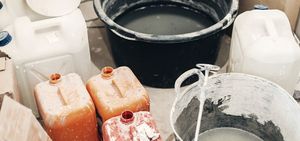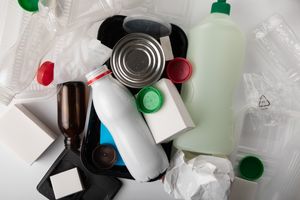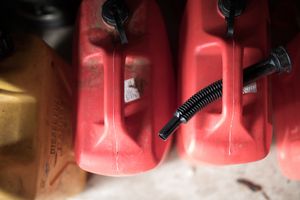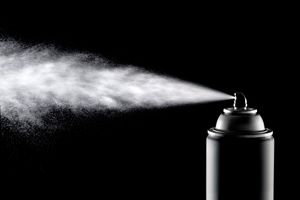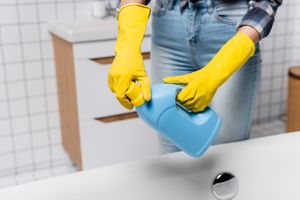Local Hazardous Spill Guide
This is a info alert
This is a danger alert
This is a success alert
This is a warning alert
This is a dark alert
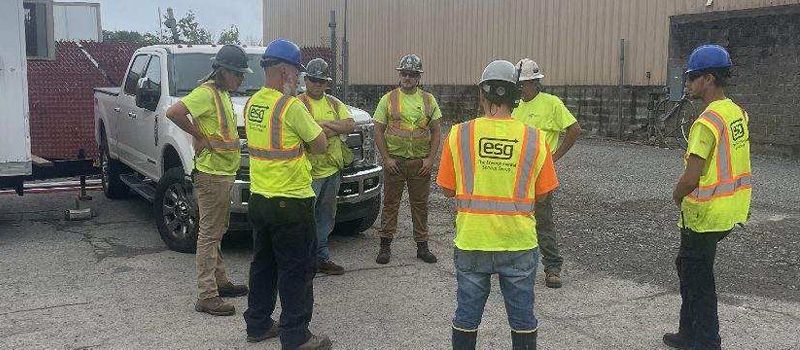
Introduction
Hazardous spills pose significant environmental, health, and safety risks. Whether it’s a chemical, oil, or biohazard spill, a fast and effective response is crucial to mitigating damage. This guide provides a step-by-step process for handling hazardous spills safely and in compliance with local regulations.
1. What Qualifies as a Hazardous Spill?
A hazardous spill refers to any accidental release of substances that can cause harm to humans, animals, or the environment. These include:
Chemical Spills (e.g., industrial solvents, acids, pesticides)
Oil & Petroleum Spills (e.g., motor oil, gasoline, diesel fuel)
Biohazardous Spills (e.g., medical waste, infectious substances)
Radioactive Material Spills (e.g., laboratory and industrial radiation leaks)
The severity of a spill depends on the type of material, the amount released, and the surrounding environment. Always assess the situation before taking action.
2. Immediate Actions to Take After a Hazardous Spill
A. Ensure Personal Safety
Evacuate the area if the spill poses immediate danger.
Wear Personal Protective Equipment (PPE) such as gloves, goggles, and respirators.
Prevent inhalation or skin contact by maintaining a safe distance.
B. Contain the Spill
Use absorbent materials (sand, absorbent pads, or booms) to limit spread.
Create a barrier around drains or water sources to prevent contamination.
Close ventilation systems if dealing with airborne hazardous substances.
C. Identify the Substance
Check Safety Data Sheets (SDS) or labels to determine the risks.
Use chemical detection kits if necessary.
D. Alert Authorities
Contact local emergency response teams if the spill is beyond control.
Report to state environmental agencies if required by law.
3. Reporting Requirements by State
Each state has specific spill reporting regulations. Below are general guidelines:
State | Reporting Agency | Contact Information |
|---|---|---|
California | Office of Emergency Services (OES) | 1-800-852-7550 |
New York | Department of Environmental Conservation (DEC) | 1-800-457-7362 |
Texas | Commission on Environmental Quality (TCEQ) | 1-800-832-8224 |
Florida | Department of Environmental Protection (DEP) | 1-850-245-2118 |
Always document the spill with photos and written reports.
Include time, location, type of substance, and volume when reporting.
4. Professional Spill Response & Cleanup Procedures
A. When to Call a Professional Cleanup Service
When hazardous materials exceed legal reportable limits.
If the spill involves toxic, flammable, or reactive substances.
When there’s groundwater or soil contamination risk.
If cleanup requires specialized equipment or permits.
B. Professional Cleanup Process
Assessment & Containment – Specialists evaluate risks and use barriers to prevent further spread.
Neutralization & Absorption – Chemicals may be neutralized before collection, and absorbents help remove residues.
Safe Disposal – Waste is categorized and transported to an EPA-approved hazardous waste facility.
Site Decontamination & Testing – Final cleaning, air monitoring, and soil/water testing ensure safe restoration.
5. Preventative Measures & Best Practices
A. Spill Prevention Planning (SPCC Plans)
Businesses handling hazardous materials should have a Spill Prevention, Control, and Countermeasure (SPCC) Plan.
Maintain an updated Hazard Communication Plan (HCP).
B. Emergency Spill Kits & Equipment
Store absorbents, neutralizing agents, and PPE in easily accessible areas.
Train employees on proper response procedures.
C. Routine Inspections & Maintenance
Conduct regular audits on storage containers and pipelines.
Keep drainage and stormwater protection systems clear.
Conclusion
A quick and effective hazardous spill response is crucial for protecting human health and the environment. Whether handling a small chemical spill or a large industrial release, understanding the proper procedures and local regulations ensures safety and compliance.
Need Emergency Cleanup Services? Contact a certified hazardous cleanup service in your area for professional assistance.
🔄 Next Steps in Spill Preparedness & Response
Looking to deepen your understanding or take action? Explore these related resources:
